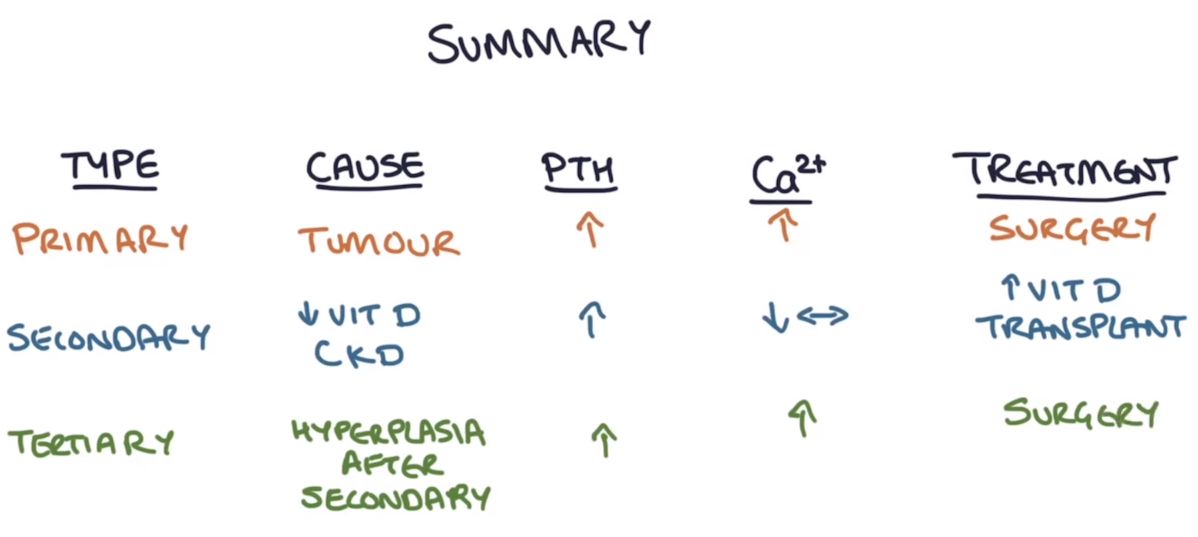Difference between revisions of "RENAL-CALCIUM BALANCE"
(Imported from text file) |
(Imported from text file) |
||
| Line 16: | Line 16: | ||
==Reference(s)== | ==Reference(s)== | ||
Barrett, K.E., Barman, S.M | Barrett, K.E., Barman, S.M., Brooks, H.L., X, J. and Ganong, W.F. (2019). Ganong’s review of medical physiology. 26th ed. New York: Mcgraw-Hill Education | ||
[[Category:Renal]] | [[Category:Renal]] | ||
[[Category:Physiology]] | [[Category:Physiology]] | ||
Latest revision as of 02:30, 21 March 2023
SUMMARY
1. Calcium is absorbed from the duodenum, stored in the bone, and excreted by the kidneys.
2. Regulated by PTH and vitamin D metabolites, both affect rates of absorption in the kidneys and gut and rates of resorption of bone.
3. The measured plasma calcium concentration is a total of free/ionized calcium (45%), calcium bound to albumin (40%), and calcium bound to other substances (15%).
4. Ionized calcium is the state available for immediate use by the body and correlates with consequences of hyper- or hypocalcemia.
5. If albumin decreases, the measured plasma calcium decreases.

Image: Dr. Appukutty Manickam.
Reference(s)
Barrett, K.E., Barman, S.M., Brooks, H.L., X, J. and Ganong, W.F. (2019). Ganong’s review of medical physiology. 26th ed. New York: Mcgraw-Hill Education